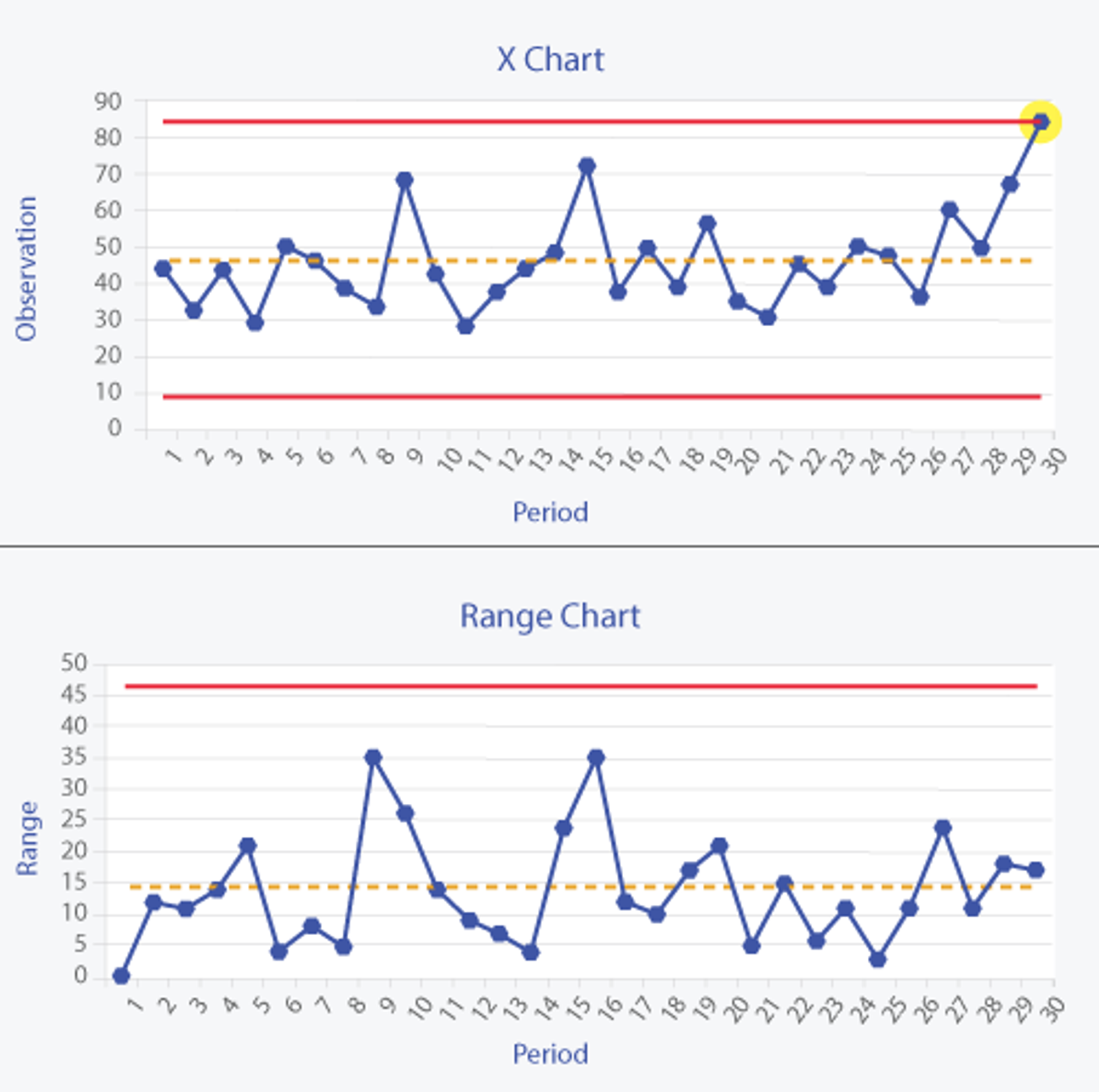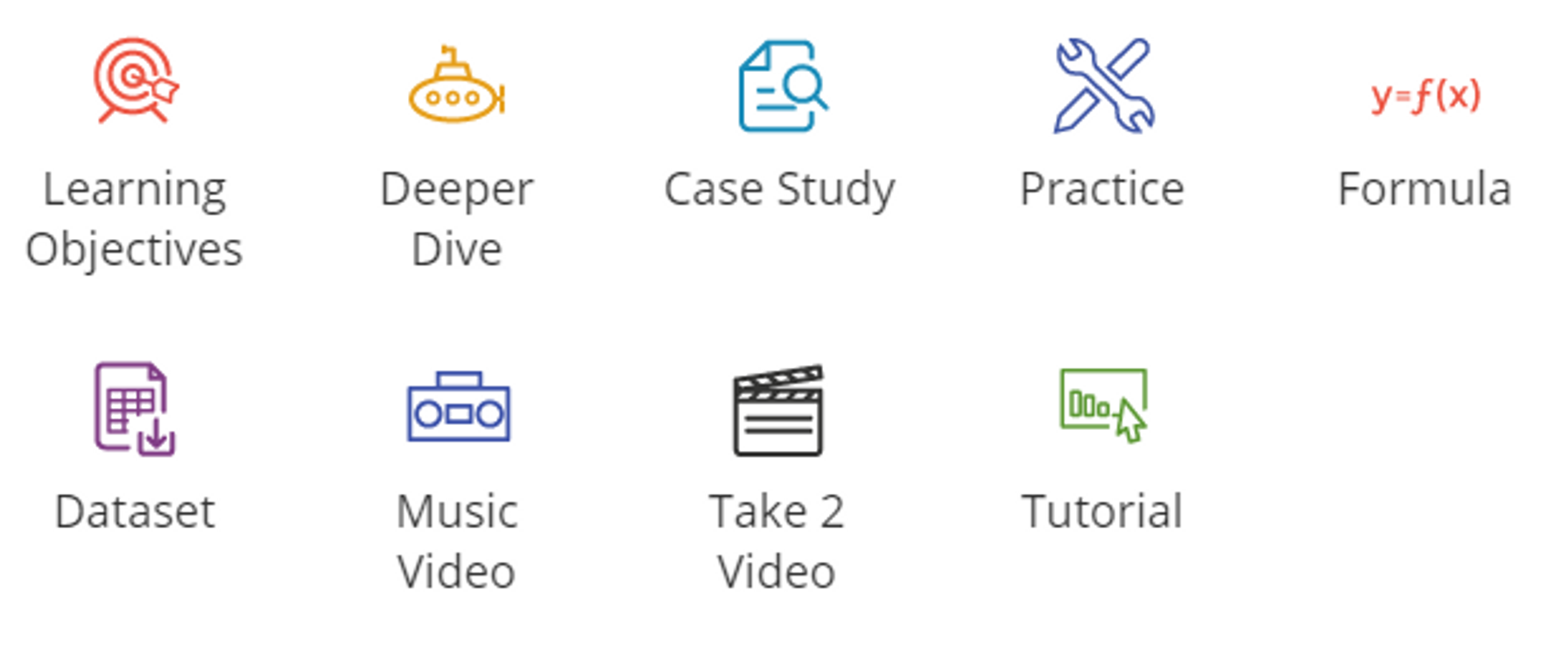Course Composition
Overview of course elements
At MoreSteam, we aim for our courses to offer both breadth and depth of knowledge, and we want that knowledge to be both memorable and applicable to you and your business.
To that end, we implement a variety of teaching strategies to ensure that our courseware "walks the walk" - that it exhibits the very excellence that we hope to bring your business' processes.
Novelty
Your brain pays particular attention to things that are out of the ordinary. As such, you will come upon practice exercises and examples in the course that might seem unusual or downright eccentric. This is deliberate, and meant to help you remember what you learn!
Visuals
Images help make learning more concrete. Throughout our courses, you'll see images that tie concepts to everyday life:
As well as plenty of images that provide examples of more rigorous statistical tools:
Repetition
Explaining the same thing in different ways and with a variety of media allows for concepts to be more deeply ingrained in your brain. For complex concepts, we ensure that you read about them, see them, practice them, and answer quiz questions about them. Whenever possible, we offer simple games and simulations to reinforce material. Read more on how we implement repetition in the "Toolsets" and Side Links sections below.
Rigor
Throughout the course, you will encounter a LOT of opportunities for practice, and every session ends with a quiz. You'll notice that we don't pull any punches - many practice and quiz questions require you to actually use downloadable data sets, create your own graphs and charts, and really think deeply about what you've learned. We know that challenging your brain is one of the best ways to ensure that it remembers content, so we do just that: challenge you. We do take care, however, that you're only asked to work on the most relevant concepts, in the most relevant ways.
The DMAIC Framework
By default, our course sessions are organized around the DMAIC Six Sigma framework, meaning you're first exposed to material related to the "Define" phase, then the "Measure" phase, and so on. We want to emphasize that the content of these sessions can be easily and naturally adapted to other frameworks, like PDCA, to lean-focused initiatives, or really to any process improvement efforts regardless of framework.
Toolsets
Toolsets are 5-step lessons that introduce a process improvement tool with the aim of making instruction both accessible and rigorous. Toolsets introduce a tool (Intro), give one or several examples of it (Example), explain the steps involved in using it (How), list opportunities to use it (When), and provide practice using it (Practice).
Side Links
We want to provide you with as many learning modalities and as much variety as possible. Many lessons incorporate a variety of other media, from "Case Studies" that provide real-world examples, to "Take 2" visual blackboard lessons with a Master Black Belt, to downloadable data sets that allow you to practice complex material. These side links are not just "extra" - they are essential to developing a robust comprehension of Lean Six Sigma concepts and tools!
Practice, Quizzes, and Datasets
Educational theory tells us that people learn best through doing. Our courses offer myriad opportunities to answer questions, use relevant statistical tools, and demonstrate mastery of material on end-of-session quizzes. Our certification requires that green belts and black belts complete real-world projects with demonstrable results, because we know that's what it takes to implement real change in an organization.
Was this helpful?




